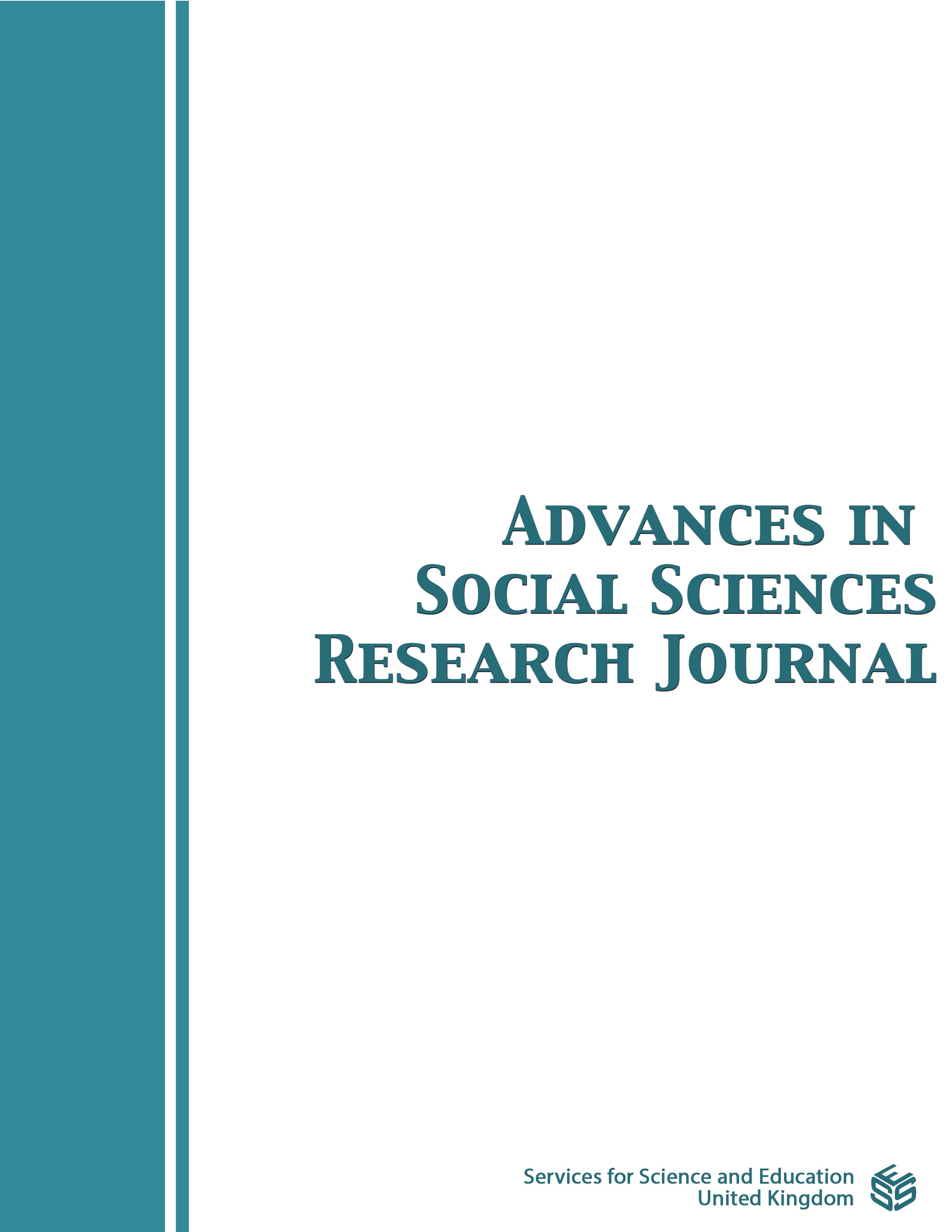Exploring Libyan Higher Education Institutions Employees’ Information Security Policy Awareness
DOI:
https://doi.org/10.14738/assrj.118.17412Keywords:
Awareness, Higher Education, Information Institution, Policy SecurityAbstract
Incidents of data breach in higher education could harm students since the exposure of sensitive student data (e.g., social security numbers) could twist students into victims of identity theft and endanger their identities. Regrettably, while most of the developed countries have standard information security laws apply to higher education institutions, such laws are still in its infant stage in developing countries like Libya. However, there are established policies documented by Libyan authorities to guide employees against information security breach, yet existing higher education institutions’ information security awareness models did not investigate these policies into the awareness programs. Consequently, employees will rely on policies that can subvert the security best practice. This study aimed to explore the level of understanding of Libyan information security policies among employees of higher education institutions. The quantitative technique is applied in this research, 196 employees of Libyan higher education institutions were randomly surveyed to respond to Linker information security policy awareness questionnaire. Using SPSS statistics tools, a descriptive analysis of the data is achieved. The findings of the study revealed that employees of Libyan higher education institutions are much aware of Internet Usage and Workstation security policies.
Downloads
Published
How to Cite
Issue
Section
License
Copyright (c) 2024 Aisha Aissa Ali Ahmed, Hafiza Abas

This work is licensed under a Creative Commons Attribution 4.0 International License.
Authors wishing to include figures, tables, or text passages that have already been published elsewhere are required to obtain permission from the copyright owner(s) for both the print and online format and to include evidence that such permission has been granted when submitting their papers. Any material received without such evidence will be assumed to originate from the authors.






